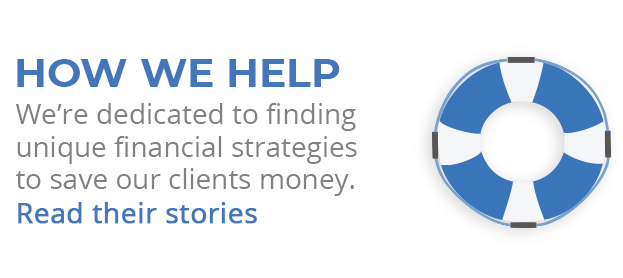Why do so many retirement savers underperform the market? From 1993-2012, the S&P 500 achieved a (compound) annual return of 8.2%. Across the same period, the average investor in U.S. stock funds got only a 4.3% return. What accounts for the difference?
One big factor is impatience. It is expressed in emotional investment decisions. Too many people trade themselves into mediocrity – they react to the headlines of the moment, buy high and sell low. Dalbar, the noted investing research firm, estimates this accounts for 2.0% of the above-mentioned 3.9% difference. (It attributes another 1.3% of the gap to mutual fund operating costs and the remaining 0.6% to portfolio turnover within funds.)
Impatience encourages market timing. Some investors consider “buy and hold” passé, but it has certainly worked well since 2009. How did market timing work in comparison? Citing Investment Company Institute calculations of equity fund asset inflows and outflows from January 2007 to August 2012, U.S. News & World Report notes that it didn’t work very well. During that stretch, mutual fund investors either sold market declines or bought after market ascents 57.4% of the time. In addition, while the total return of the S&P 500 (i.e., including dividends) was -0.13% in this time frame, equity mutual fund investors lost 35.8% (adjusted for dividends).
Most of us don’t “buy and hold” for very long. Dalbar’s latest report notes that the average equity fund investor owned his or her shares for 3.3 years during 1993-2012. Investors in balanced funds (a mix of stocks and bonds), held on a bit longer, an average of about 4.5 years. They didn’t come out any better – the report notes that while the Barclays Aggregate Bond Index notched a 6.3% annual return over the 20-year period studied, the average balanced fund investor’s annual return was only 2.3% .
What’s the takeaway here for retirement savers? This amounts to a decent argument for dollar cost averaging – the slow and steady investment method by which you buy shares over time, a little at a time. When the market sinks, you are buying more shares as they have become cheaper – meaning you will own more (quality) shares when they regain value.
It also shows you the value of thinking long-term. When you save for retirement, you are saving with a time horizon in mind. A distant horizon. Consistent saving from a (relatively) early age and the power of compounding can potentially have much greater effect on the outcome of your retirement savings effort than investment selection.
Keep your eyes on your long-term retirement planning objectives, not the short-term volatility highlighted in the headlines of the moment.

About the Independent Financial Advisor
Robert Pagliarini, PhD, CFP®, EA has helped clients across the United States manage, grow, and preserve their wealth for the past 25 years. His goal is to provide comprehensive financial, investment, and tax advice in a way that was honest and ethical. In addition, he is a CFP® Board Ambassador, one of only 50 in the country, and a real fiduciary. In his spare time, he writes personal finance books, finance articles for Forbes and develops email and video financial courses to help educate others. With decades of experience as a financial advisor, the media often calls on him for his expertise. Contact Robert today to learn more about his financial planning services.










